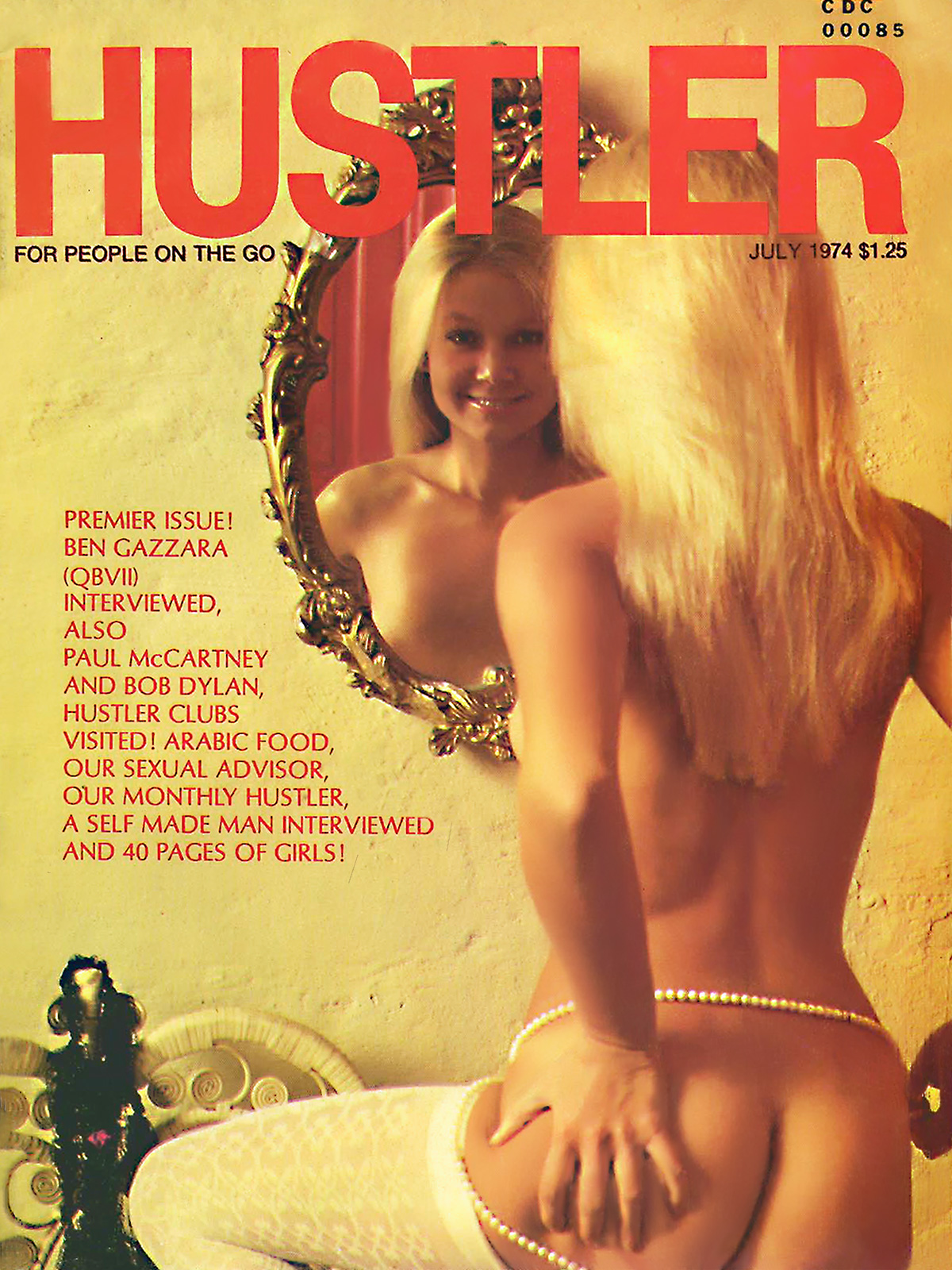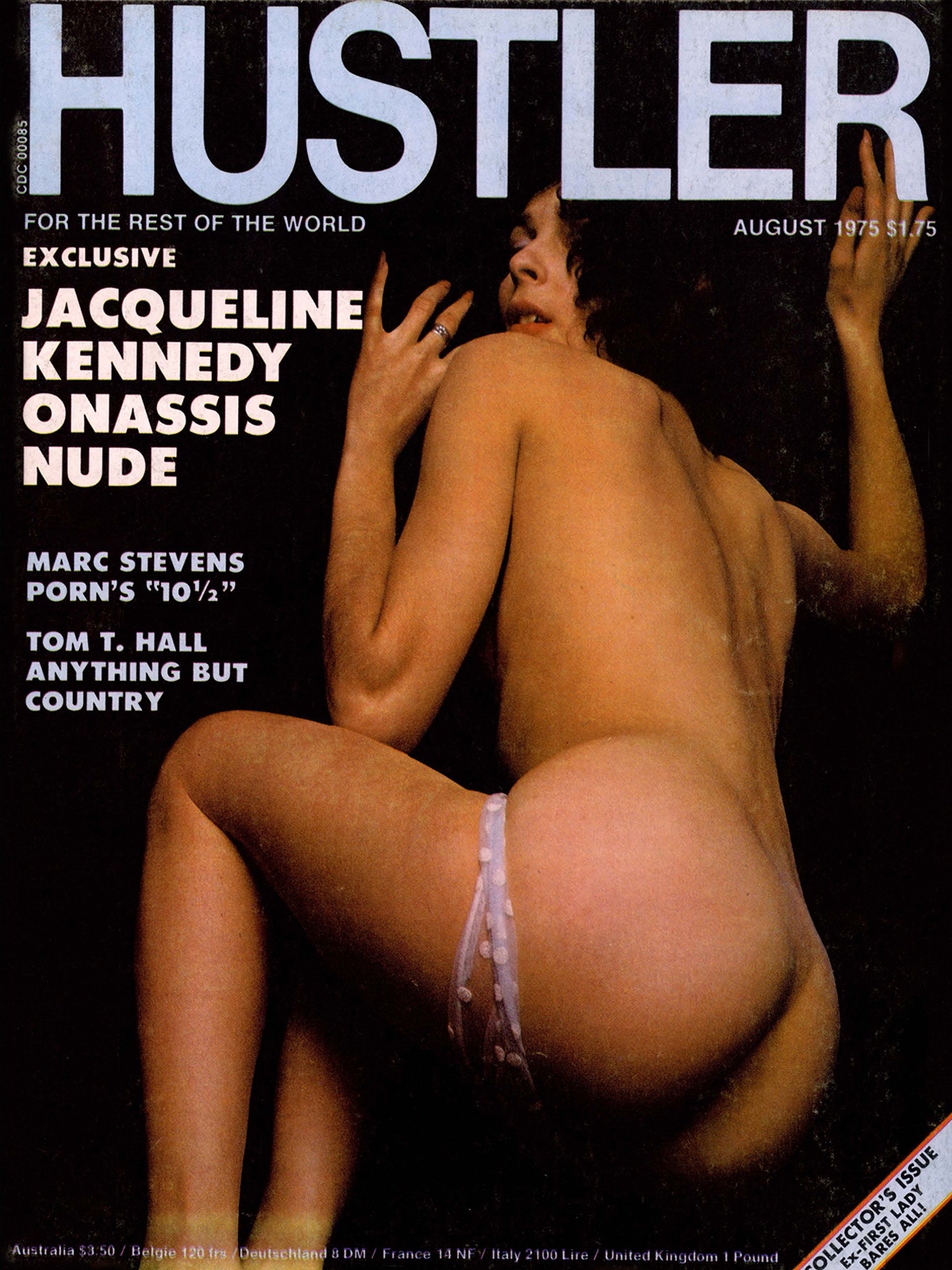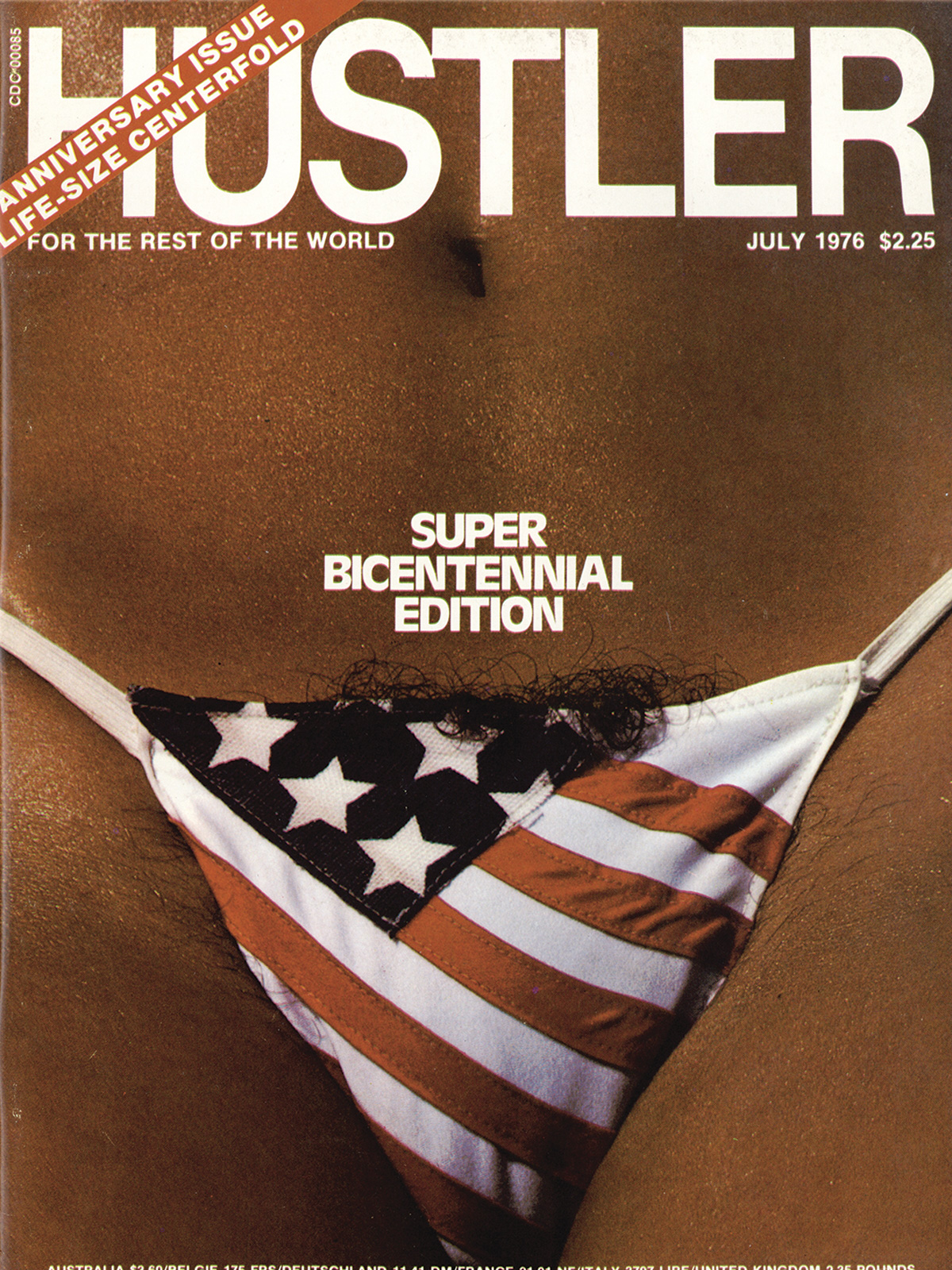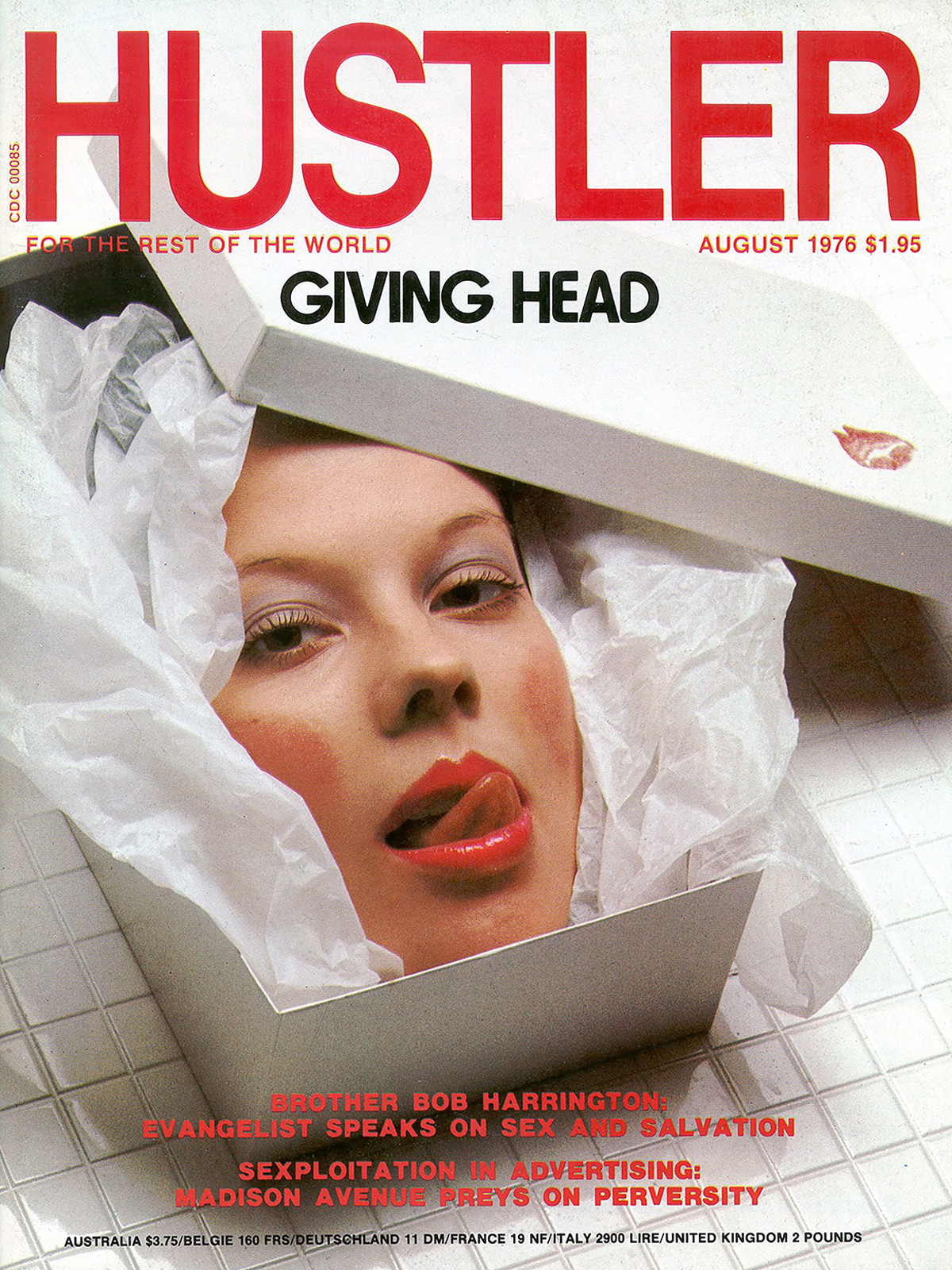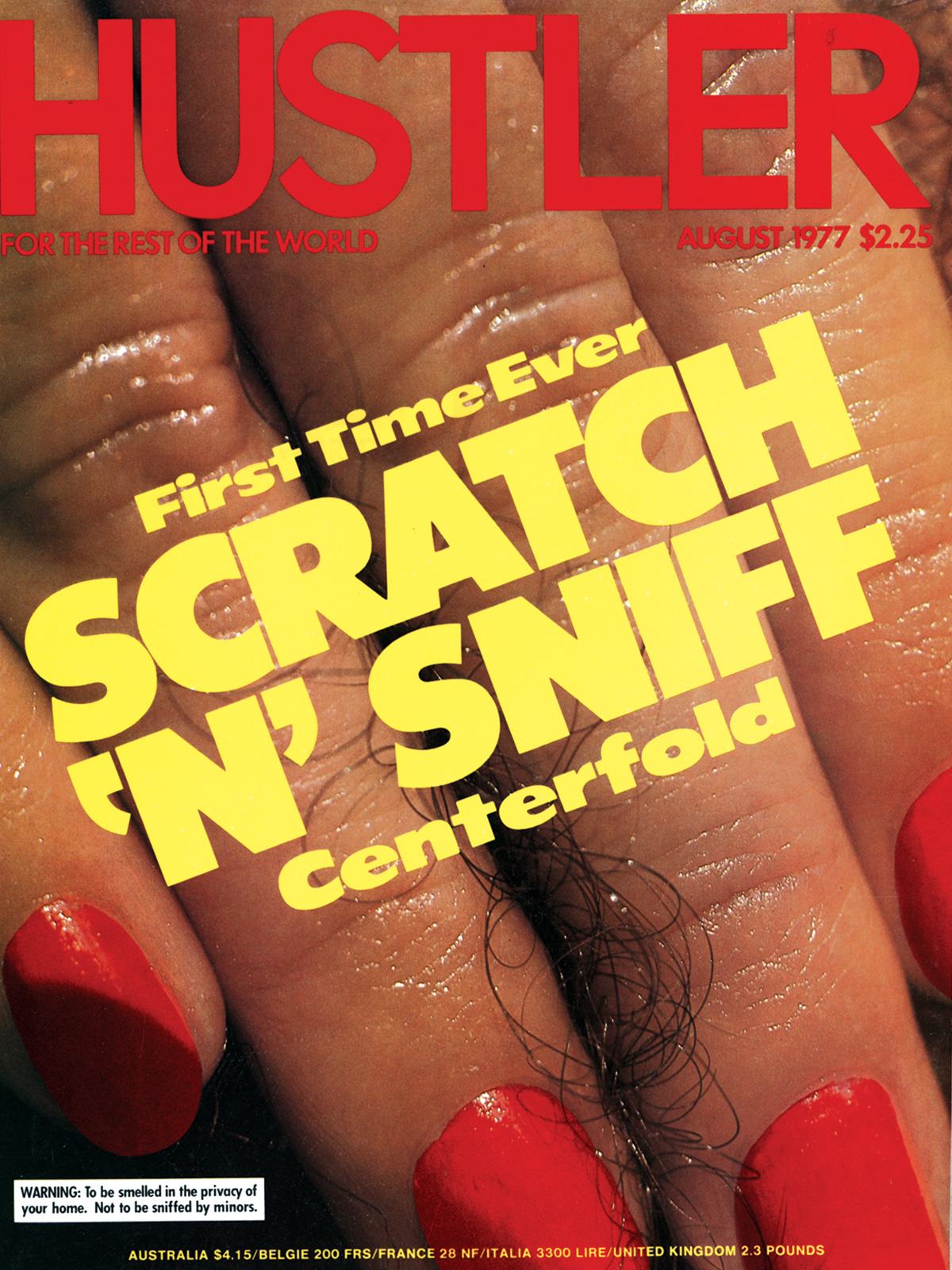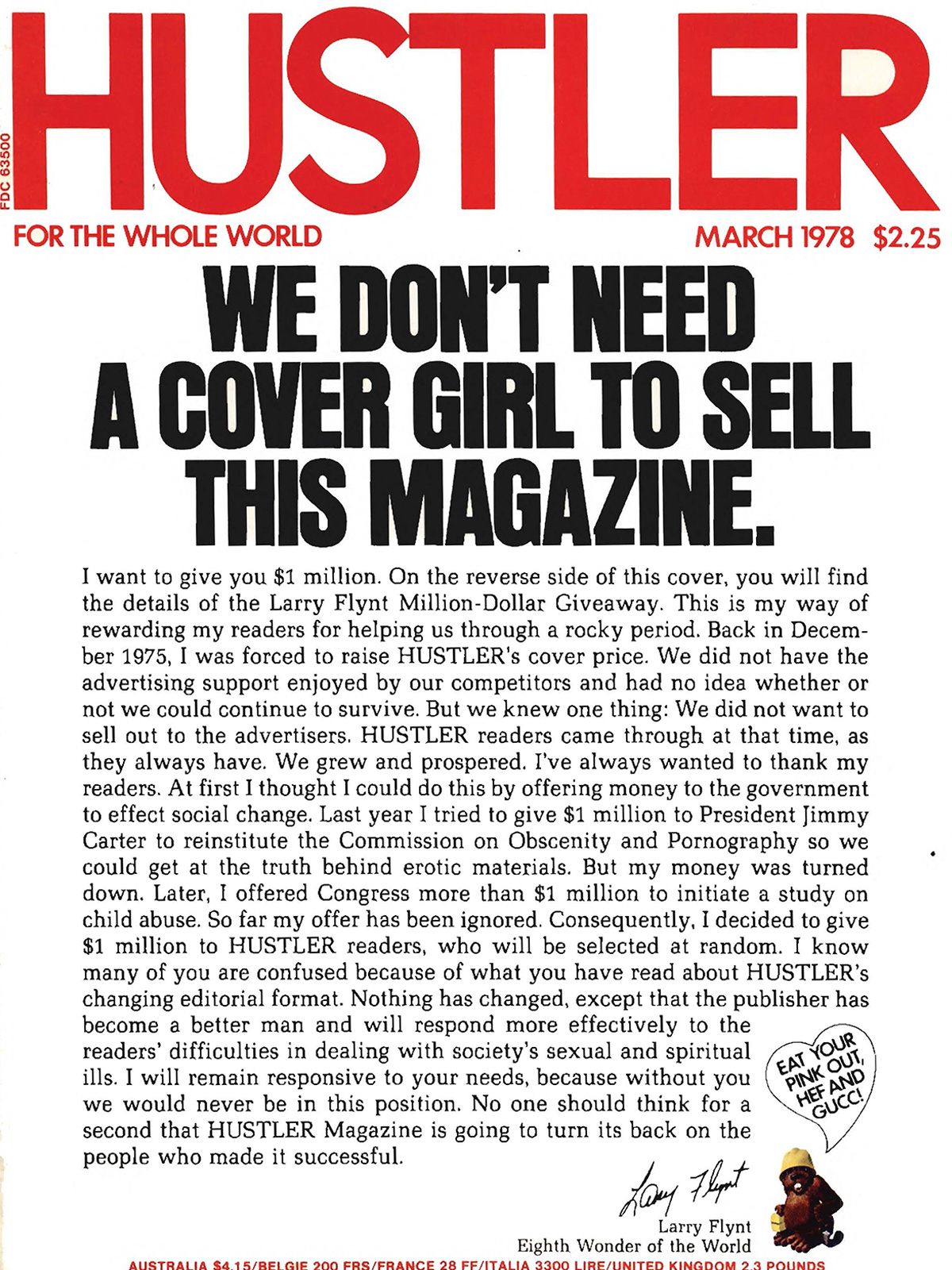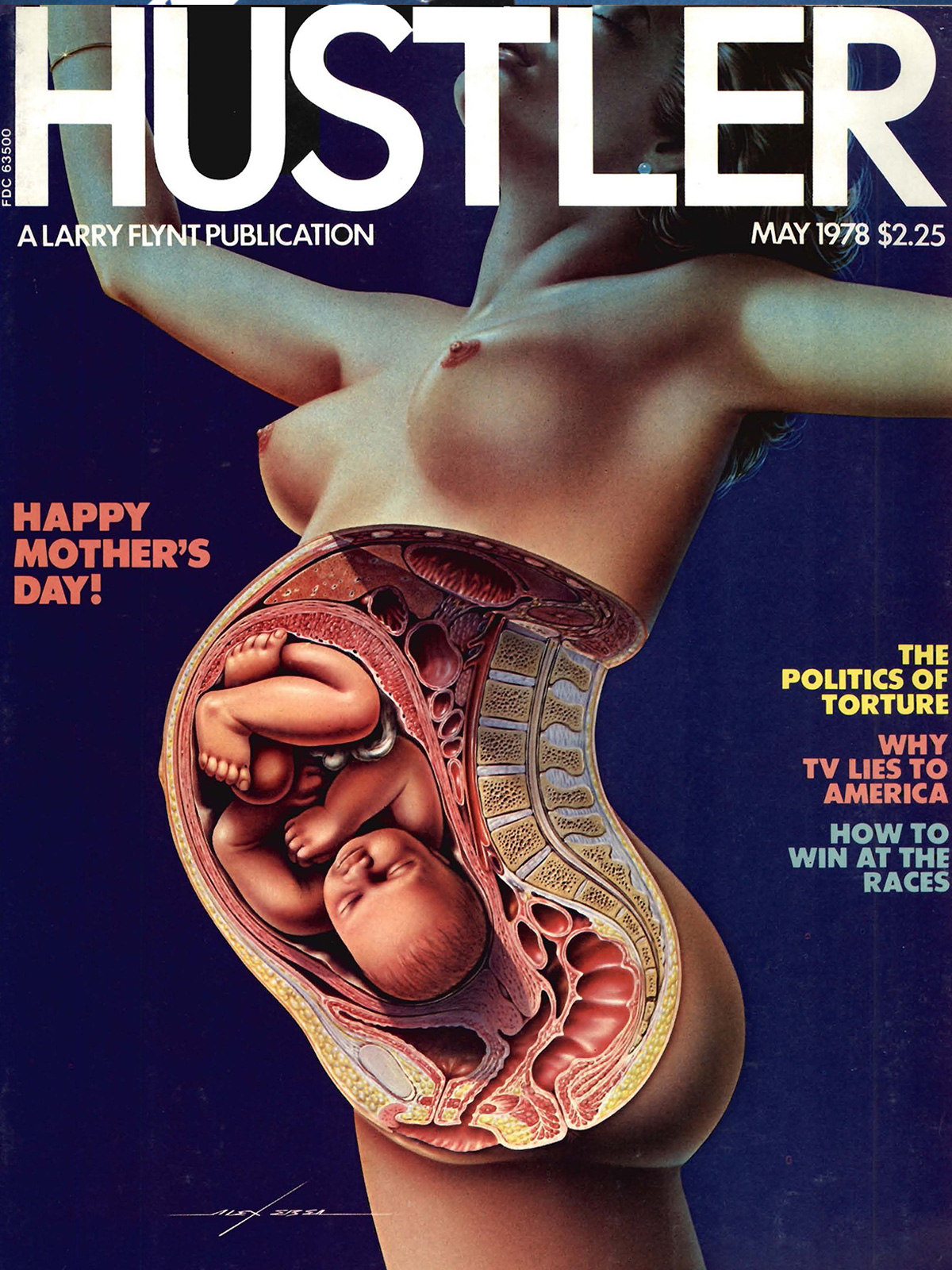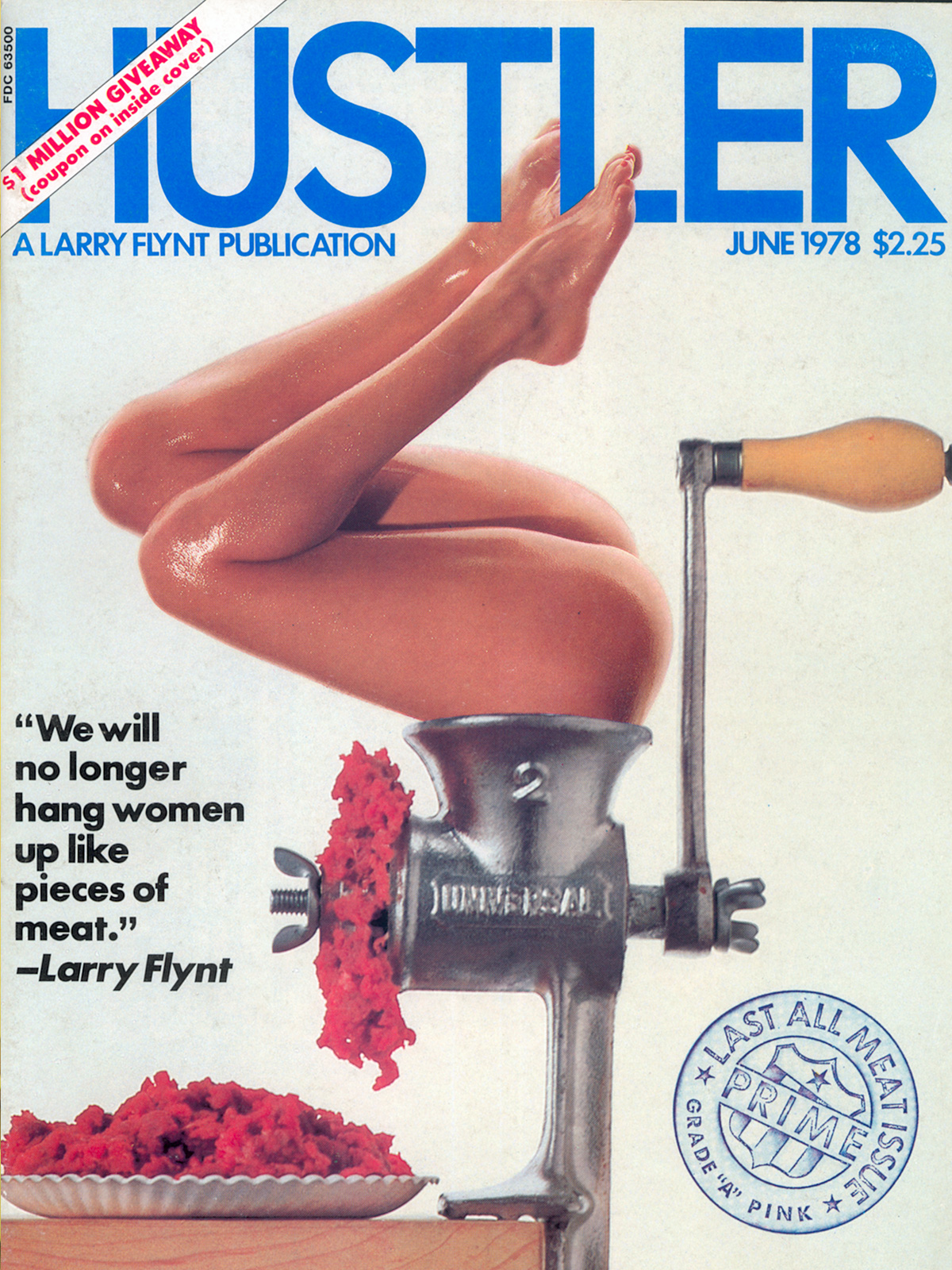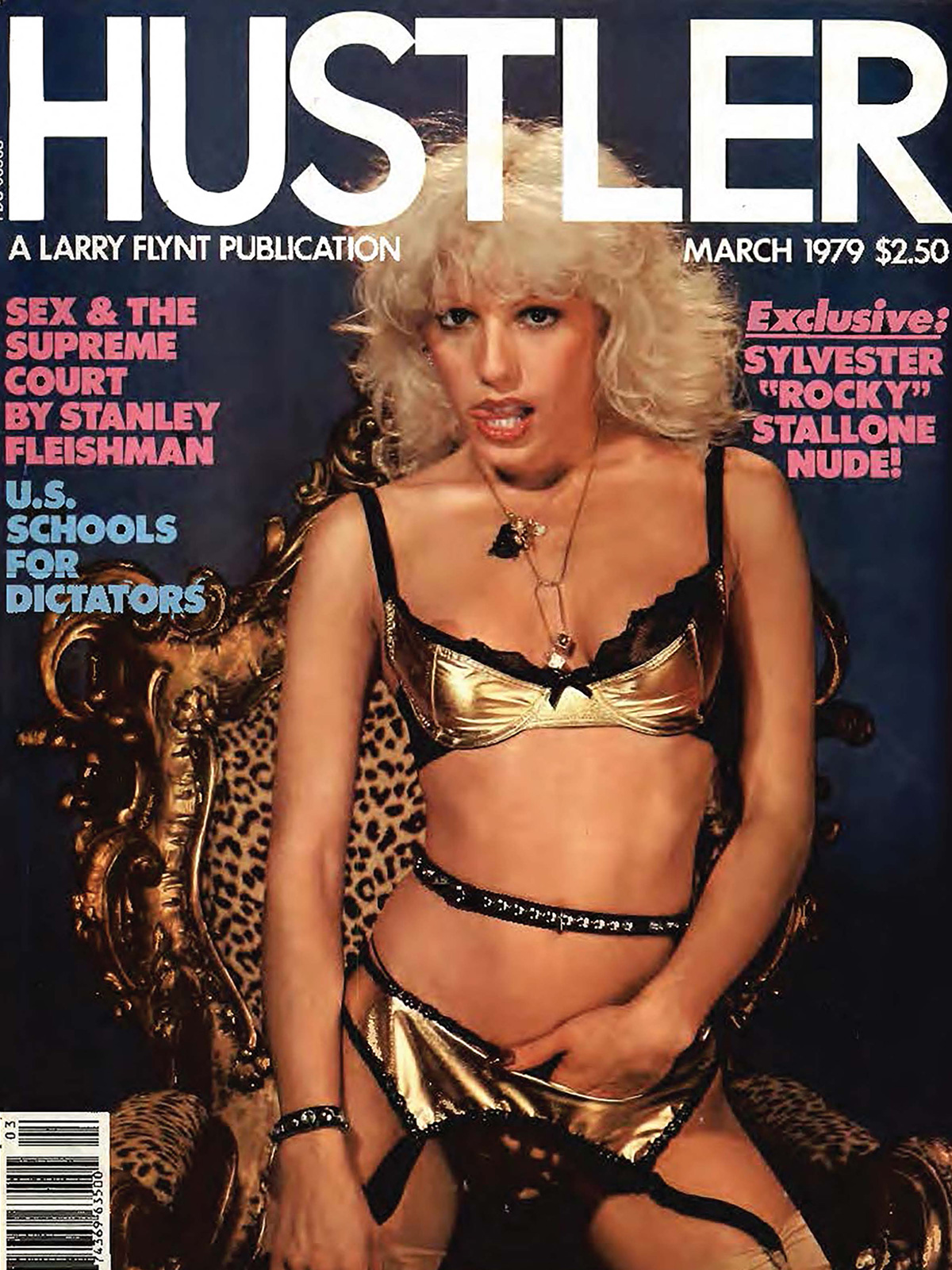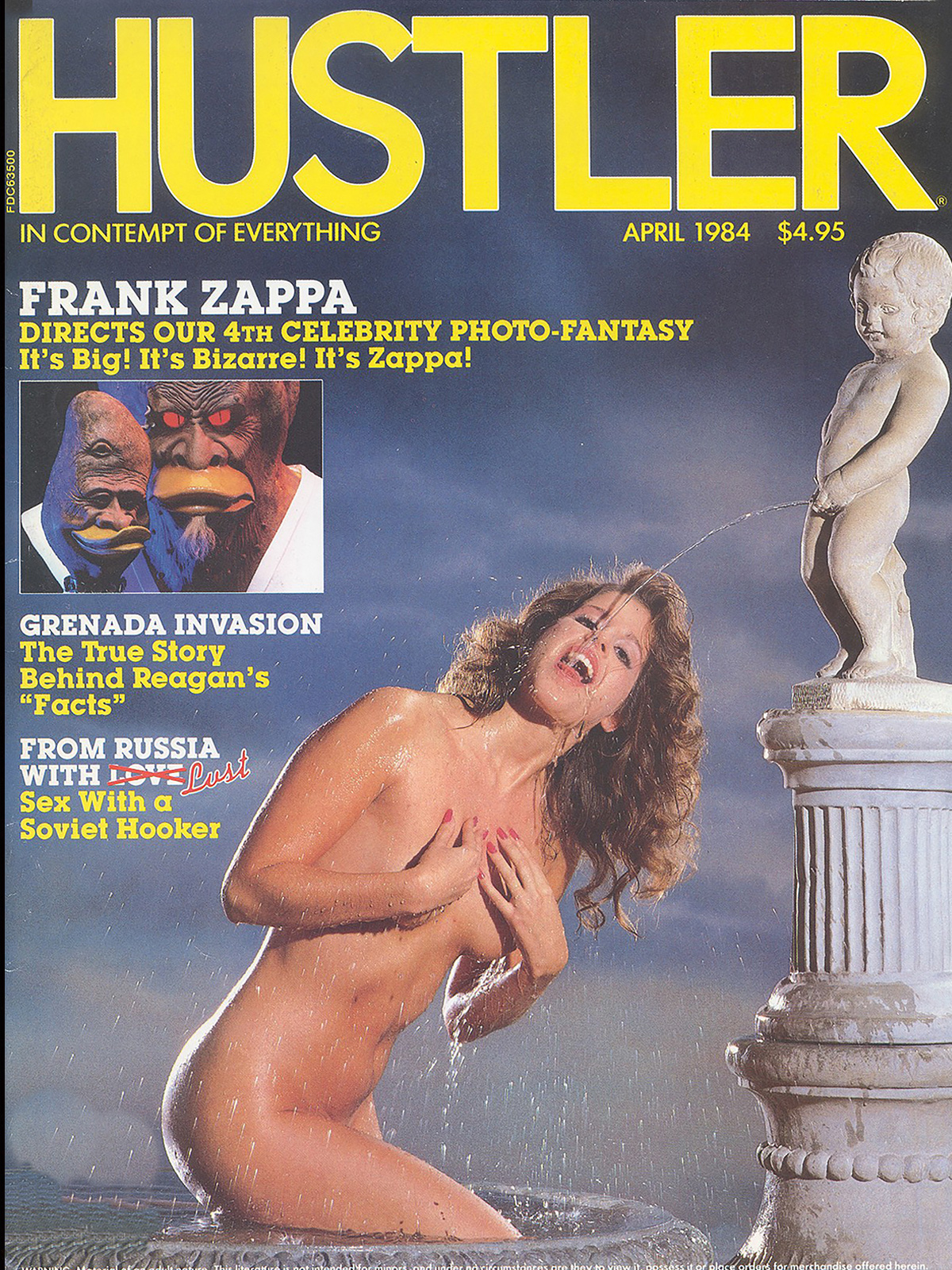50 YEARS OF ICONIC PAGES
HUSTLER Covers
50 Years of Covers
When HUSTLER Magazine launched, it shattered the polished veneer of mainstream publications with its bold and unabashed approach. Unlike its peers, HUSTLER aimed at everyday people, proudly featuring natural beauties instead of airbrushed models. Its pages were infused with irreverent humor that fearlessly pushed boundaries, challenging societal norms and poking fun at the powerful.
Central to its ethos was Larry Flynt’s unwavering stance, using the magazine as a megaphone for his political views and fearlessly exposing hypocrisy in all forms. HUSTLER transcended mere publication status to become a cultural provocateur, tackling taboo topics like interracial couples, transgender individuals, and pregnant nudes long before others dared. It scrutinized societal morals, holding up a mirror to reveal contradictions and complexities.
Above all, HUSTLER championed the First Amendment, vigorously defending every American’s right to free speech, making it a focal point in the ongoing battle for liberty and expression.
Below are some iconic early covers that helped propel HUSTLER into the public eye.
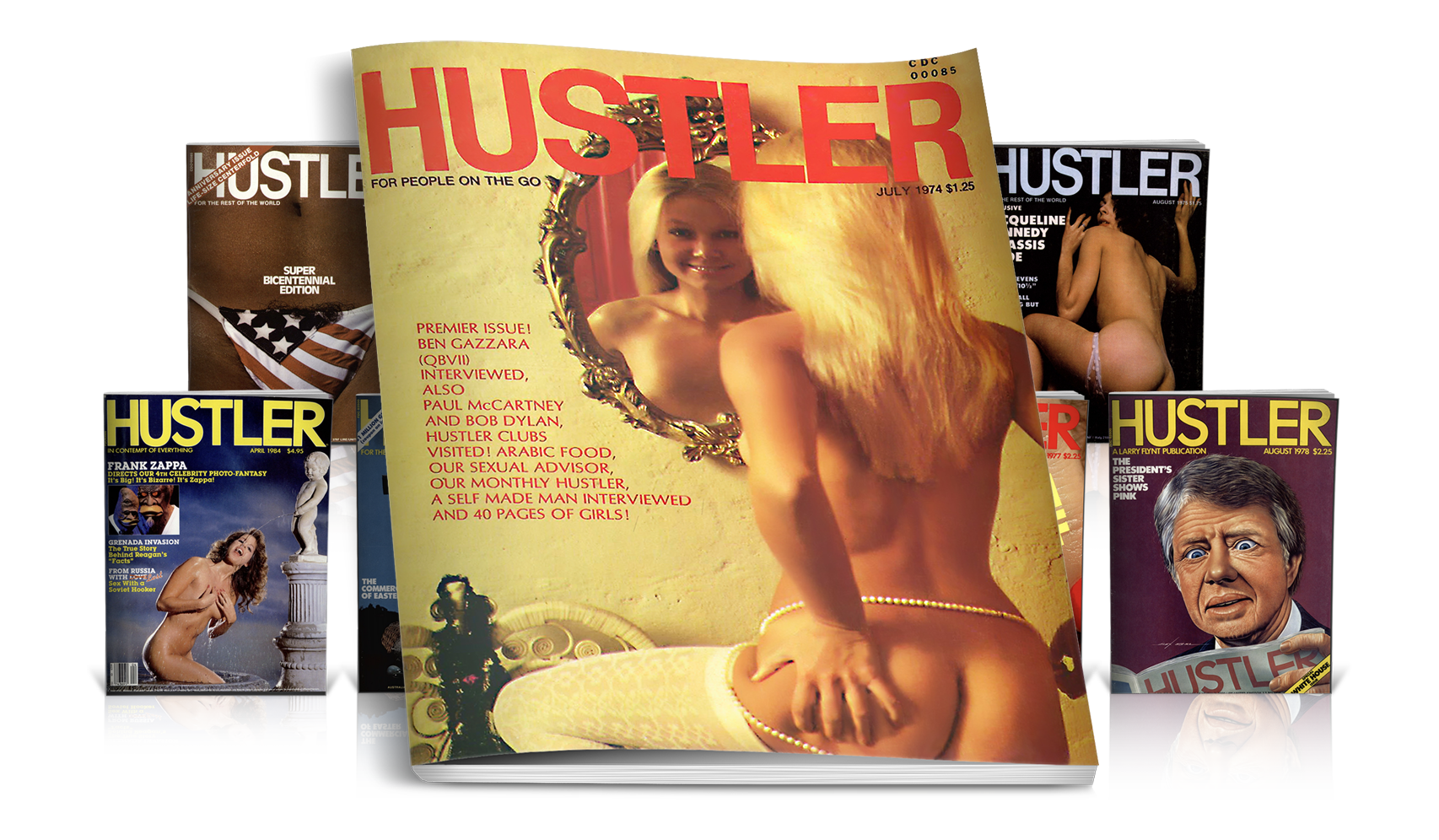
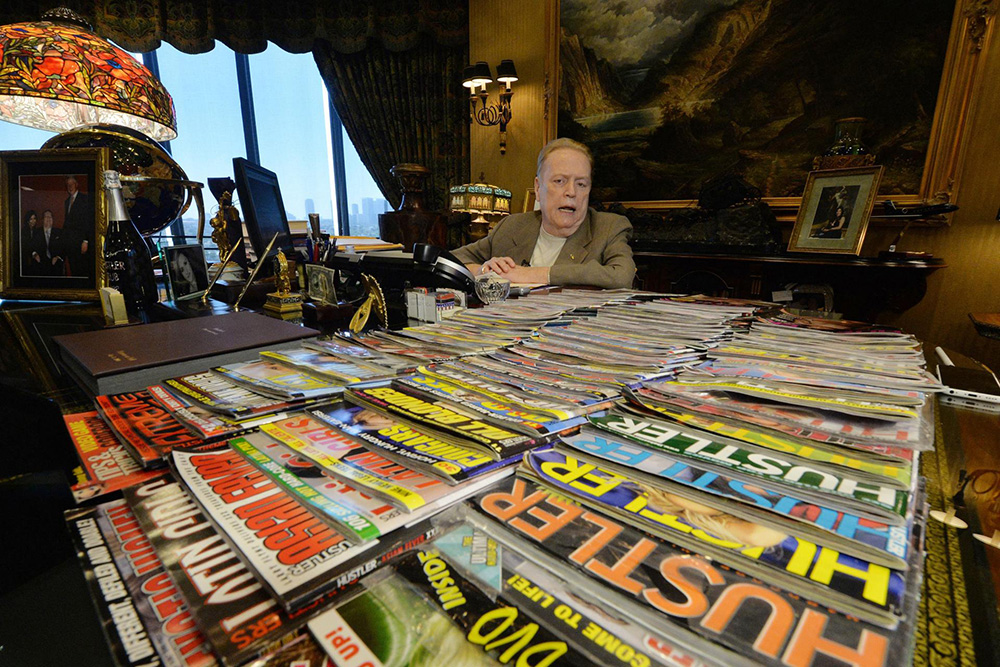
July 1974: First Cover
HUSTLER’s debut issue in July 1974 featured a cover with a woman admiring her reflection in a mirror, marking a departure from the heavily airbrushed norm of the time. This issue showcased 40 pages of natural-looking nude women, setting a new standard in the adult entertainment industry.
August 1975: Jackie O Nude
HUSTLER’s August 1975 issue, featuring nude photos of Jacqueline Kennedy Onassis, created a global sensation, selling out its initial run and necessitating three reprints. The controversial decision to publish these photos catapulted HUSTLER into international fame, sparking widespread debate over freedom of the press and privacy rights, while cementing its place in cultural history.
July 1976: Patriotic Bikini
The July 1976 cover of HUSTLER caused a stir with its daring display of a stars-and-stripes bikini bottom featuring pubic hair peeking out, a tantalizing departure from the norms of the time. This daring juxtaposition of patriotic imagery and intimate anatomy sparked widespread controversy and debate, challenging societal taboos surrounding nudity and national symbols.
August 1976: Giving Head
HUSTLER’s August 1976 cover, featuring a woman’s head peeking out of a gift box with the playful title “Giving Head,” epitomized the publication’s bold and irreverent approach to adult entertainment. This controversial yet creative spread not only sparked widespread attention but also solidified HUSTLER’s reputation as an innovative force in the magazine industry, setting a provocative tone that would define its future editorial direction. The cover remains a landmark example of how HUSTLER pushed boundaries and enthralled audiences with its blend of humor, audacity, and unapologetic sexuality.
August 1977: Scratch ‘n’ Sniff
The August 1977 cover of HUSTLER Magazine made waves with its “First Time Ever” scratch ‘n’ sniff centerfold, a brash and controversial move in adult entertainment. This innovative feature invited readers to engage their senses in a new, provocative way, cementing HUSTLER’s reputation for pushing boundaries. This edition remains a significant moment in the magazine’s history, reflecting its penchant for shocking and captivating its readers.
March 1978: No Cover Girl Needed
In March 1978, HUSTLER’s cover boldly declared, “We Don’t Need a Cover Girl to Sell This Magazine,” via a letter where Larry Flynt announced a $1 million giveaway to his readers. This gesture was a tribute to their support during tough times, emphasizing HUSTLER’s independence from advertisers and commitment to its readership. Flynt expressed gratitude and reaffirmed his magazine’s unchanged dedication to addressing societal issues through thought-provoking editorial content.
April 1978: Bunny on a Cross
HUSTLER’s April 1978 cover defiantly featured a bloodied stuffed bunny adorned with a crown of thorns, crucified on a cross. This polemic image served as a stark visual critique of the commercialization of Easter, challenging the commodification of the holiday’s sacred symbols. By merging the innocence of a child’s toy with the profound imagery of the crucifixion, the cover sparked debate on the intersection of consumerism and religious tradition.
May 1978: Mother’s Day
HUSTLER’s May 1978 cover challenged conventional norms by featuring an illustration of a pregnant woman’s abdomen, cut open to reveal the developing fetus inside. The headline, “Happy Mother’s Day,” aimed to celebrate the biological wonders of women’s bodies beyond traditional sexualization, reflecting the magazine’s commitment to portraying diverse aspects of human experience and physiology. This cover marked a significant departure from mainstream media’s often narrow depictions of women, emphasizing HUSTLER’s dedication to realism and broader societal discourse.
June 1978: Meat Grinder
The June 1978 cover of HUSTLER Magazine, depicting a woman in a meat grinder, sparked intense controversy and criticism from feminists. Despite initial outrage, HUSTLER argued that the cover was a provocative statement against the objectification of women, asserting that the magazine aimed to challenge societal norms and promote respect for women as individuals rather than sexual objects. This cover remains emblematic of HUSTLER’s confrontational approach to social commentary during that era.
March, 1979: Dale Bozzio
The March 1979 cover of HUSTLER featured singer Dale Bozzio, capturing her charisma and distinctive style. As one of the magazine’s most notable models at the time, her appearances garnered attention long before her rise to fame with Missing Persons in the early ’80s.



